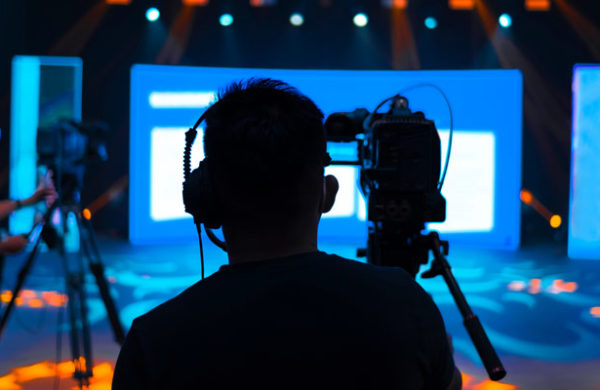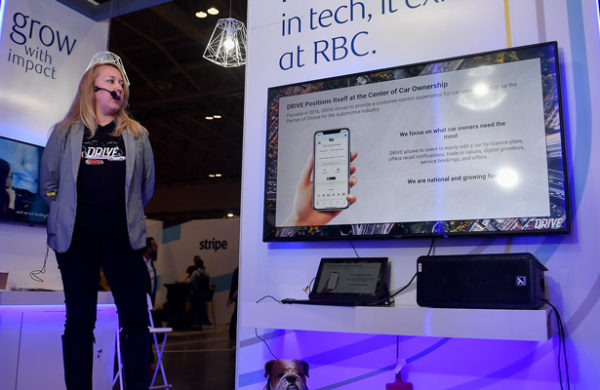
Taking notes at a meeting is a completely different task than taking minutes at a meeting. Meeting notes tend to be for personal reference, while meeting minutes are for official record-keeping purposes. When taking notes, one is not focusing on a general outline of decisions that were made or topics covered. Rather, the notes should serve as a comprehensive listing of the details of the meeting and the ideas and topics covered.
Methods for Taking Meeting Notes
There are a number of ways to effectively take notes at a meeting. Choosing a method should depend entirely on the note taker and how they are best suited to retain information and enhance their understanding of the topic.
Comprehensive notes:
For a person who is more comfortable knowing and recording every single detail, it is best to write down everything that is said. While this would be difficult or impossible for some, for others it is simply the only way to be sure the information they collect is accurate.
To write these types of notes, it is best to have different color pens or highlighters. This way, items that are especially important can be circled or highlighted to bring attention to them when the notes are being reviewed. Information such as deadlines or phone numbers are easier to keep track of amidst the vast amount of information gathered this way if there is some way to single them out. Another great method is to record the meeting with a digital audio recorder and then write comprehensive notes while listening back.
Mind mapping:
This graphical approach is an excellent option for people who do not want, or who don’t feel able to accumulate detailed written information. To create a mind map, it is best to obtain a copy of the agenda prior to the meeting. Then list any topics of the meeting on the center of a piece of paper. Each topic should have its own page to allow enough room to branch out as necessary.
Once the meeting begins, draw lines out to the ideas and points that are connected to each topic. They can be surrounded by a circle or square or any other shape. They do need to be separated graphically so the ideas don’t flow together and become confused. From these, more lines can connect to other ideas or information. No specific order needs to be followed as this is a free flowing and instinctive way of taking notes. After the meeting, the information bubbles can be arranged into a more linear form if needed.
Noting on the agenda:
One of the easiest ways to take notes is on the physical agenda itself because it should already have the main points listed. Any information that could be used at a later date can be added next to the point on the agenda where it was discussed. The margins can be used to write questions or ideas that occur to the note taker as the meeting progresses, and overall this method saves time because so much information is already on the agenda.
Technology helpers:
For people who are able to type quickly, taking a laptop to a meeting is an effective way to take and organize notes. Notes can be entered directly into a word processing program and edited as the meeting is being held. They can then be saved and stored or shared later with minimal effort on the part of the person taking the notes.

For those who prefer carrying around a smaller device, Microsoft Surface Tablets are a great choice. There are also a variety of note-taking apps available for use on iPads and other tablets, often with the aid of a stylus.
Meeting Tomorrow provides the same great services in every city across the country. We’re experts in nationwide AV, Technology, and Production events and we pride ourselves on flawless execution. Call 1-877-633-8866 today to discuss more great ways to make your event shine!
Related Articles
- How to Connect a Mac to a Projector
- How to Connect a Laptop to a Projector
- Laptop Computer Video Output Guide
- 6 Tips for Preventing AV Failures
- 8 Reasons to Consider Using an Outside AV Provider
- 9 Cool & Creative Ways to Use a Projector
- Questions AV Companies Should Ask
- BYO AV: You Don’t Have to Use the Hotel’s Audio Visual Company


